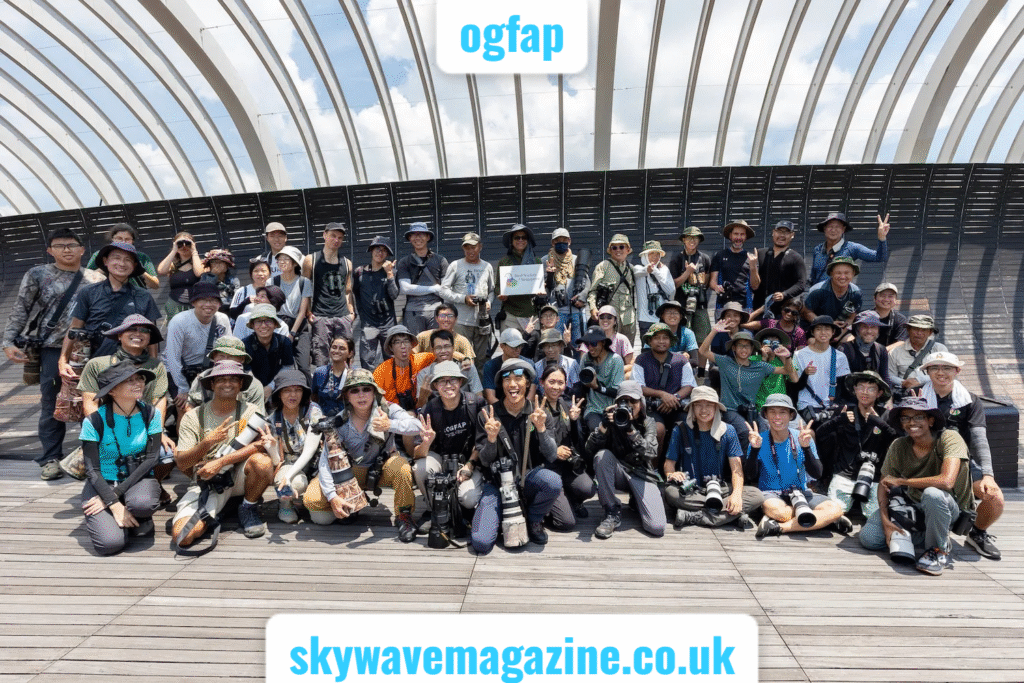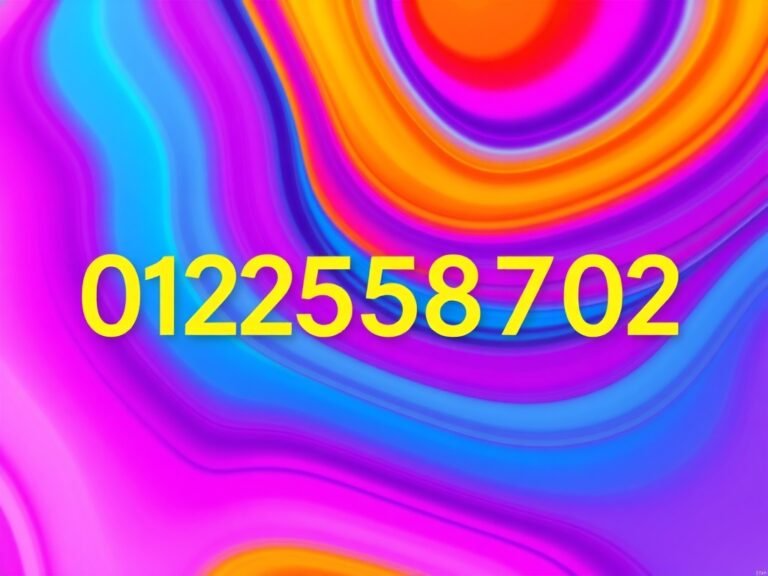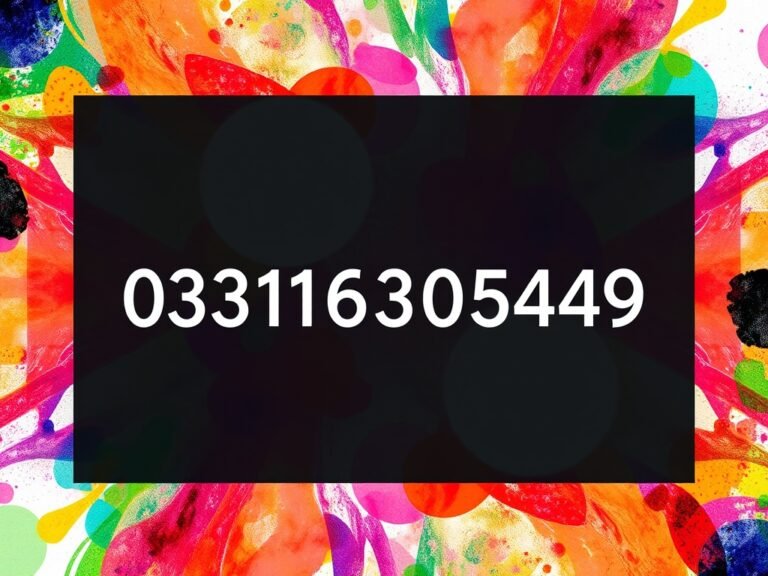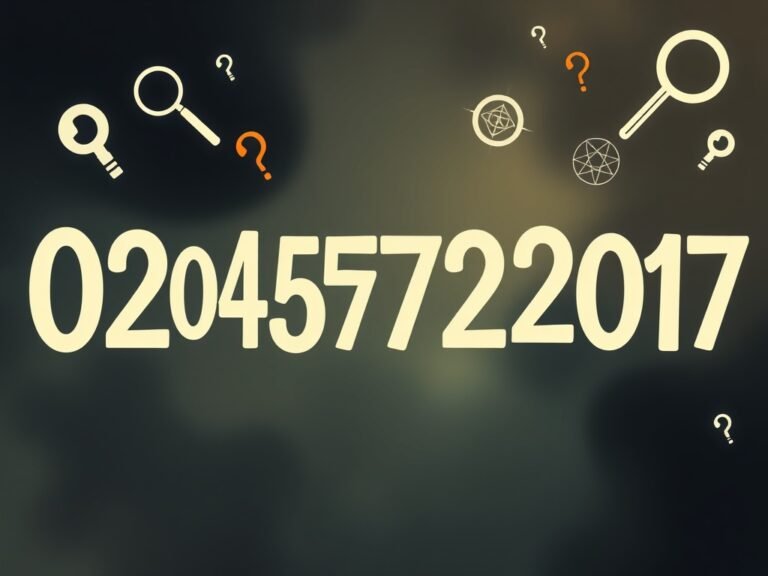
What Is OGFAP and Why Does It Matter Today?
OGFAP is an acronym that has been emerging in various contexts—ranging from tech platforms and cybersecurity discussions to niche online communities. While its definitions may vary slightly depending on the context, O GFAP generally refers to a concept, framework, or tool used in data monitoring, digital access management, or community moderation. The modern digital ecosystem is expanding rapidly, and systems like OG FAP are often designed to provide oversight or help filter and regulate access to sensitive digital environments. In today’s information-driven society, the relevance of such tools or concepts can’t be overstated, especially as concerns around user data, anonymity, platform abuse, and ethical frameworks gain momentum.
The Origins and Historical Context of OGFAP
The concept of OGFAP doesn’t trace its roots back to a single invention or creator but rather seems to have evolved organically from open-source monitoring systems and access control protocols. As digital ecosystems expanded over the past two decades, the need for centralized but flexible access policies became a driving force behind systems like OGFA P. In its earliest form, OGF AP could have referred to Open Gateway Framework for Access Policies or similar models that helped web servers and platforms implement conditional access levels. As we moved into cloud-dominated infrastructures, the need for scalable and decentralized moderation models only increased, giving OGF AP broader application.
The Technical Structure Behind OGF AP Systems
Technically, an OGFAP model is modular, meaning it’s designed in blocks or components that can be custom-fitted depending on platform needs. Typically, such a system involves layers like:
- User behavior analytics
- Permission rule engines
- Action-based response protocols
- Audit trails
- Ethical compliance overlays
Each of these components is crucial in ensuring that the system doesn’t just work in isolation but integrates fluidly with other tech infrastructures. For example, a content sharing site using OGF AP might filter posts not just based on terms and conditions, but also on audience sensitivity models that are dynamic and self-learning.
The Ethical Concerns Surrounding OGFA P Applications
With any digital framework that controls access or moderates user behavior, ethical questions naturally follow. Critics of systems like OGFAP argue that over-reliance on algorithmic moderation can lead to bias, suppression of free speech, and digital marginalization. While these systems are often promoted as being neutral and policy-driven, real-world implementations can reflect the biases of their developers or underlying datasets. For example, if an OGFA P-based system is deployed in a platform used in a politically sensitive region, overzealous filtering mechanisms could hinder grassroots movements or local journalism.
Use of OGFAP in Cybersecurity and Network Monitoring
One of the most direct uses of OGFAP in today’s environment is in enterprise-level cybersecurity. Here, O GFAP is often implemented as a firewall-like policy gate that uses AI-enhanced rules to detect, flag, and restrict unauthorized access or suspicious activity. Enterprises dealing with sensitive intellectual property, customer data, or regulated information need these dynamic gatekeepers to prevent breaches and to log user activity without slowing down system performance. When integrated into security information and event management (SIEM) systems, OGF AP tools can offer real-time threat intelligence.
How OGFAP Helps in Regulatory Compliance
With the rise of international data laws like GDPR, HIPAA, and CCPA, businesses are under pressure to ensure all user interactions are both secure and compliant. OGFAP tools help meet these goals by embedding policy logic directly into application infrastructure. If a user from the EU accesses a U.S.-based platform, OGFAP can dynamically enforce data localization or privacy filters, ensuring compliance with data sovereignty laws. This adaptive regulation capacity is crucial in industries like healthcare, banking, and legal services.
OGFAP in the Context of AI and Automation
Artificial intelligence thrives on data, and systems like OGFA P can act as both gatekeepers and facilitators for AI-driven platforms. In an AI model training environment, for instance, OG FAP rules might dictate what types of user-generated data are eligible for model refinement, thus protecting privacy while enhancing quality. Additionally, OGFA P ensures that AI doesn’t overstep ethical bounds—blocking or flagging potentially harmful predictions, decisions, or content that doesn’t align with ethical standards or public policy frameworks.
Real-World Challenges in Deploying OGFAP
Despite its benefits, deploying OGFA P at scale presents several challenges. Integration with legacy systems, cost of implementation, training personnel, and balancing user freedom with control are all significant hurdles. In small organizations, implementing OGFAP may be overkill, while in larger corporations, under-configured deployments could lead to loopholes and policy blind spots. Additionally, because O GFAP often involves real-time data processing, performance bottlenecks can become a problem without sufficient server infrastructure.
Sample OGFAP-Based Deployment Structure
| Layer | Function |
| Policy Engine | Define access rules |
| Behavioral Filter | Monitor user behavior |
| Logging Interface | Record events for audit trails |
| Escalation Module | Trigger alerts and block actions |
| Analytics Dashboard | Admin interface for rule updates |
This table illustrates a standard OGFAP implementation designed to filter, monitor, and adapt in real time.
Comparing OGFAP With Traditional Moderation Systems
Traditional moderation systems rely heavily on manual review, static rules, or basic filtering. In contrast, OGFAP is dynamic, policy-driven, and behavior-aware. While older systems might block a word based on a fixed list, OGFAP evaluates context, frequency, and behavioral patterns, thereby reducing false positives. This makes it especially useful for community platforms, gaming networks, or public forums where content constantly evolves.
The Community Impact of OGFAP Technology
OGFAP doesn’t only serve enterprise or security interests. In community-focused platforms, it plays a key role in keeping environments safe, respectful, and inclusive. Platforms such as educational forums, hobbyist groups, or youth-centered apps benefit from OGFAP’s ability to filter out harassment, spam, or inappropriate material. When implemented responsibly, it helps build trust among users and ensures sustainable community growth.
The Future Scope and Evolution of OGFAP
The future of OGFAP lies in adaptive machine learning and cross-platform integrations. As the demand for decentralized digital communities grows, OGFAP will likely evolve into a universal access framework, capable of interacting with blockchain-based identity systems and global content networks. Moreover, by integrating with natural language processing (NLP) and sentiment analysis, it will become even more nuanced in filtering and moderating content based on tone, emotion, and intent.
Potential Pitfalls and Misuses of OGFAP
While OGFAP is a powerful tool, it can also be misused if not regulated properly. Governments or organizations might employ OGFAP-like frameworks to censor dissent, monitor citizens, or enforce discriminatory digital policies. Additionally, lack of transparency in how these systems work can create mistrust among users. Therefore, open-source development, public audits, and regulatory oversight are crucial for its ethical deployment.
Stakeholder Perspectives on OGFAP Implementation
Different stakeholders have unique views on OGFAP. Tech developers see it as a technical challenge; users see it as a privacy gatekeeper; regulators see it as a compliance enabler. Bridging these perspectives is essential. Engaging in transparent dialogue, involving multi-disciplinary ethics boards, and hosting community feedback loops are vital to ensure that OGFAP serves the wider good.
Why OGFAP Deserves a Place in Every Digital Strategy
From improving cybersecurity to supporting ethical AI, OGFAP offers a foundational framework for building safe, responsive, and user-conscious platforms. Its flexibility and integration potential make it ideal for modern digital needs, whether you’re managing a massive content site or a private enterprise application. Investing in OGFAP now sets the stage for a more secure, ethical, and transparent digital future.
Conclusion: OGFAP and the Digital Responsibility Era
In today’s high-stakes digital world, where trust, privacy, and safety are more valuable than ever, OGFAP stands as a powerful ally. It embodies a proactive approach to platform management, regulatory alignment, and user empowerment. While not without its limitations, its ability to adapt, protect, and moderate in real time makes it a necessary component of forward-thinking digital strategies. As we move further into decentralized and AI-driven platforms, tools like OGFAP will not just be optional but essential for survival and trust-building.
Key Takeaways
- OGFAP is a modular framework for access management and content moderation.
- It’s vital for cybersecurity, compliance, and digital trust.
- Ethical implementation and transparency are key to its success.
- Future OGFAP systems will integrate with AI and decentralized networks.
- Challenges include integration complexity and potential misuse.
FAQs About OGFAP
Q1: Is OGFAP a product or a concept?
A1: OGFAP is more of a framework or model than a single product. It may exist in various software suites or open-source communities with different customizations.
Q2: Can small websites use OGFAP-like tools?
A2: Yes, smaller platforms can implement lightweight versions of OGFAP using plugins or cloud-based moderation systems.
Q3: Is OGF AP compatible with blockchain or decentralized platforms?
A3: Future versions are being designed for integration with blockchain to enhance transparency and decentralized control.






